Organize Your Kitchen with Labels
Unless you happen to be Gordon Ramsay, chances are that your kitchen doesn’t have enough space and isn’t as well organized as you would like it to be. That’s understandable – the kitchen is usually the most difficult room in a home to arrange and keep neat because it serves so many functions. Not only is it where people cook and store food, but it often does double duty as the place where people sit down to eat. And even if it isn’t mealtime, chances are that people are congregating in your kitchen because it tends to be the focal point for gathering.
No matter how big your house is, or how well-appointed your living room is, for some reason, everyone seems to get together in the kitchen, which is often one of the smallest rooms in the house. It’s a recipe for chaos and disorder.
It’s no accident that there is a robust industry of experts and consultants with endless opinions about how to make kitchens function more efficiently. All you need to do is watch a home makeover show, and invariably the team of design experts will swarm the kitchen and roll their eyes at the lack of counter space, the poor placement of the sink, the size of the refrigerator, and of course the alarmingly small amount of storage space.
That’s because there is a fundamental disconnect in play: the most important room in the house is never in the right location, and it is never big enough. That’s why modern “McMansions” feature massive kitchens right in the middle of the main floor. But even in those impressive areas, it’s most likely that homeowners will still find a way to run out of space.
This is perhaps an existential and philosophical question more than a design conundrum: no matter how large a kitchen may be, it will never be big enough.
What is a homeowner to do? The answer is that most of us just let our kitchens get out of control. Open up the top drawer, and instead of an ergonomic array of spatulas and cutting knives, you’re most likely to find random packets of soy sauce and some plastic forks leftover from a delivery meal from six months ago.
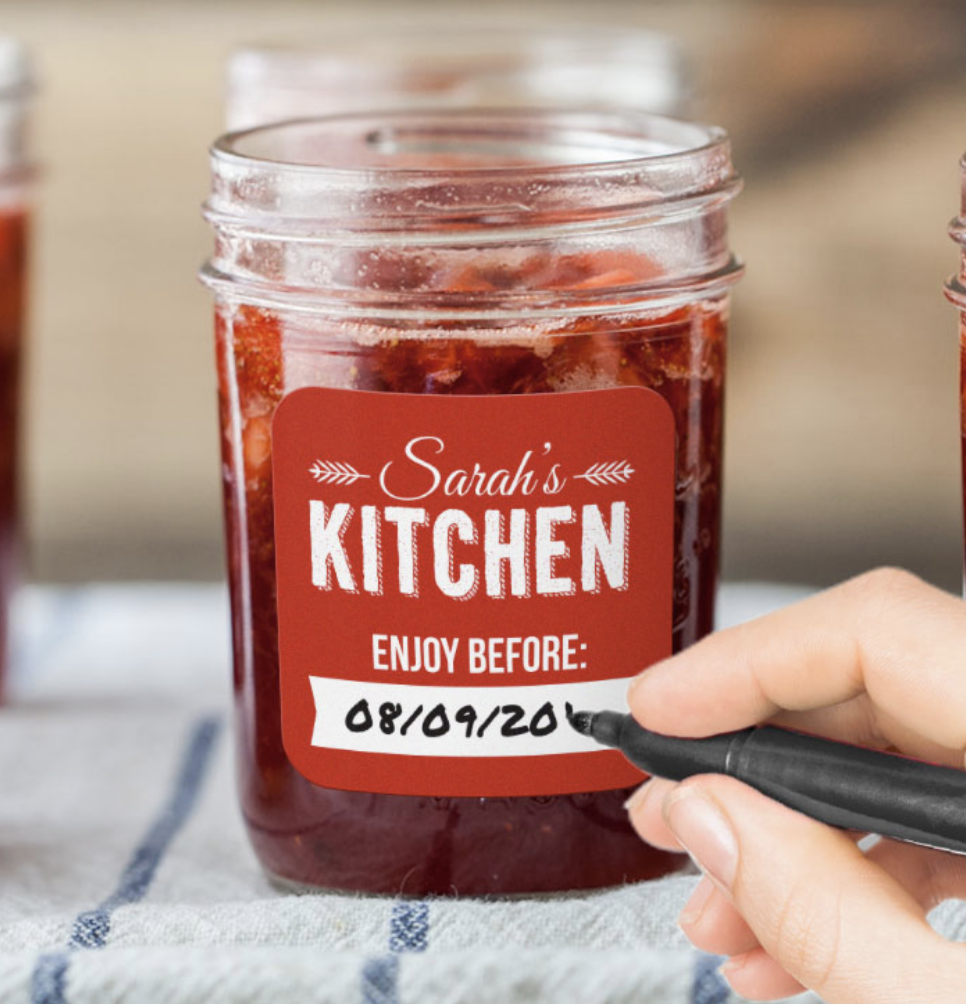
If you have a pantry, most likely it is like a time machine, with the oldest items at the bottom and newer purchases stacked on top. And even if you know where things are – or you think you know where they are – chances are that finding what you need is a completely chaotic process.
If you’ve ever run out to the store to get a can of baby corn, only to discover that you already had two of them buried in a closet somewhere, you will understand that the struggle is real. The good news is that it doesn’t have to be this way.
Label Your Way to Sanity
If you watch cooking competition shows on television, the first thing you will notice is how organized the kitchens are. Of course, we all know that chaos can occur at any time, but when the contestants show up everything is pristine. And one of the major reasons for this is that everything is properly labeled so that the chefs can easily find what they are looking for.
This is true of just about any commercial kitchen: labeling is key to maintaining a sense of order and allowing everyone from Michelin star chefs to line cooks at the local diner know exactly what they have on hand so they can access it at a moment’s notice.
And what’s good for world-renowned culinary experts and experienced food industry professionals is more than good enough for the rest of us.
As with anything else in life, labeling isn’t as simple as it seems. Anyone can put a piece of tape on some Tupperware and scrawl “rice” or “flour” on it, but that’s the bare minimum when it comes to identifying and managing kitchen items. Instead, people need to up their game to make their kitchens as organized and useful as possible, even if they are a bit small or underequipped.
This is where writable roll labels give people a serious advantage when it comes to bringing order to chaos because they allow home chefs to customize each label manually with a date of production, best-before date, or flavor or scent categorization.
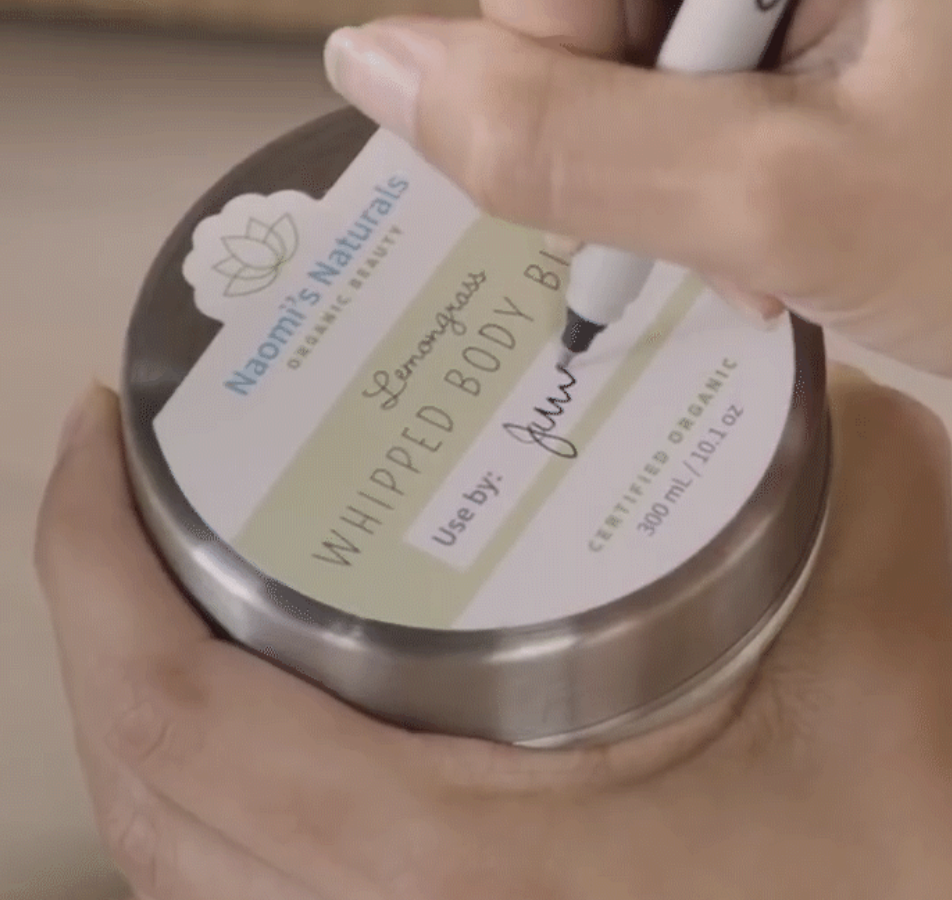
This is critical for everything from spices to dried fruit that is often purchased in bulk and is not professionally labeled. It also gives people a way to get detailed information about what’s in their pantries. There’s a big difference between a label that says “cinnamon” and one that says “3.5 ounces of Saigon cinnamon purchased on November 5, 2020.”
Another great option is dry erase decals that can make even the most hectic kitchen feel more manageable. Just like large dry-erase boards that we all use to track our to-do lists (or our kids’ homework), stickers that use the same technology can be put on just about any service or package.
This allows people to easily track appointments in calendar format, write down their tasks just about anywhere, create a detailed grocery list, and stick them on any indoor flat surface. And because the adhesive is removable, there’s no danger of making a permanent mark on a wall or a countertop.
Let’s face it: the kitchen is usually the most disorganized room in any home. There’s never enough space, there are always too many people, and kitchens are required to serve multiple needs at the same time. It’s no accident that when you walk into Ikea or Home Depot there are literally thousands of square feet of space dedicated to helping people improve this one room.
But even if you’re not up for a massive renovation or buying new racks to hang your pots and pans, something is deceptively simple as labeling can make all the difference between order and chaos.
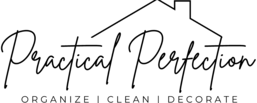
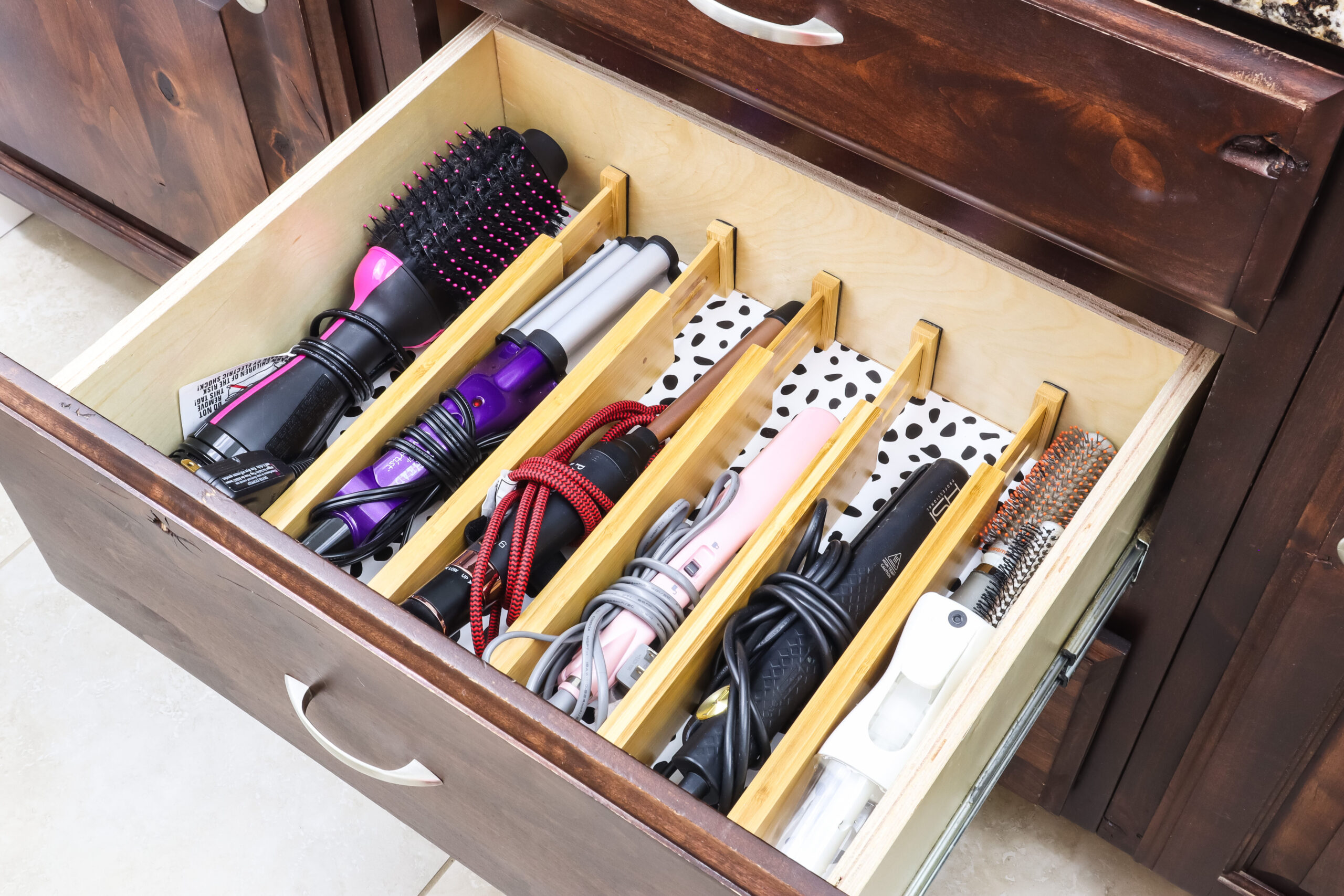
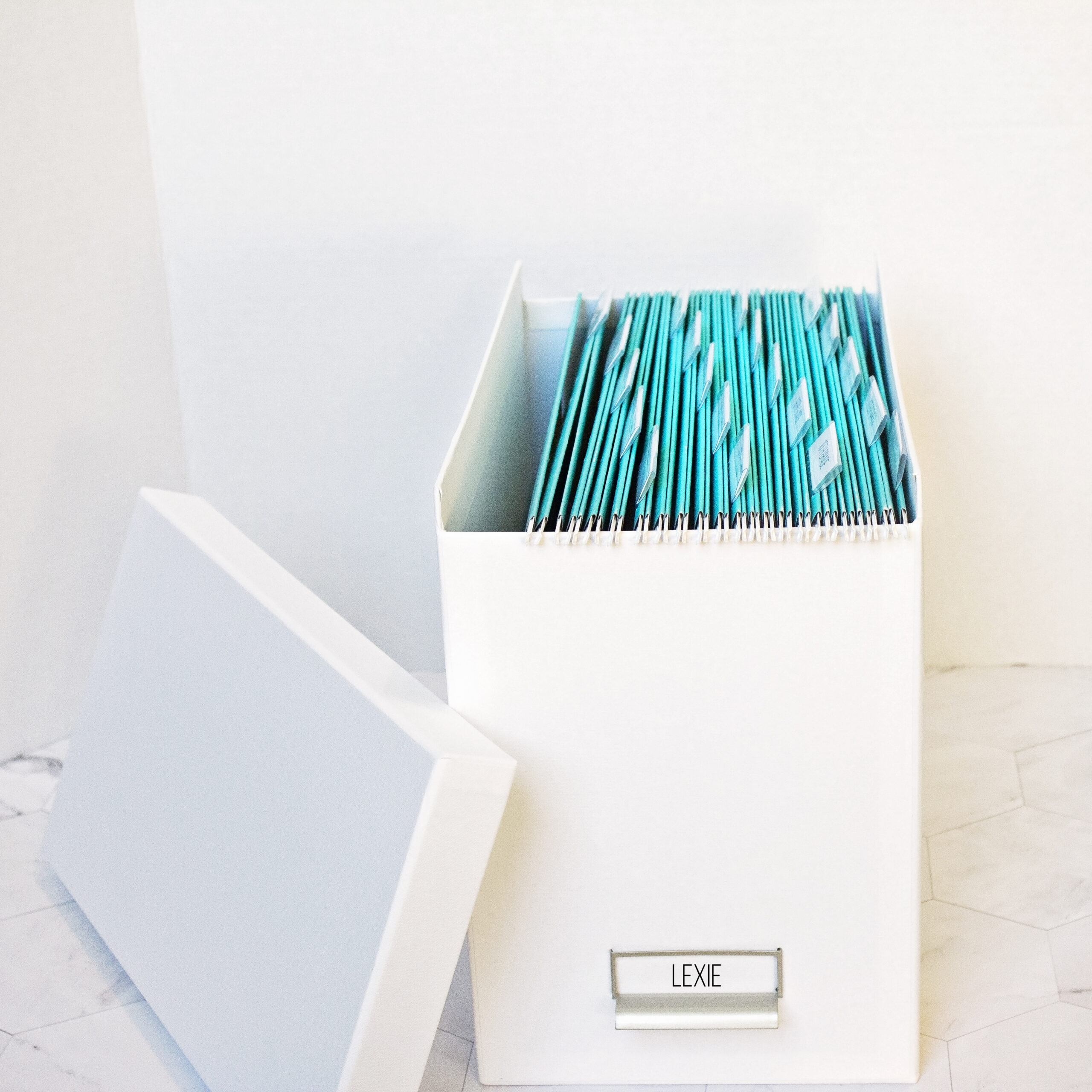
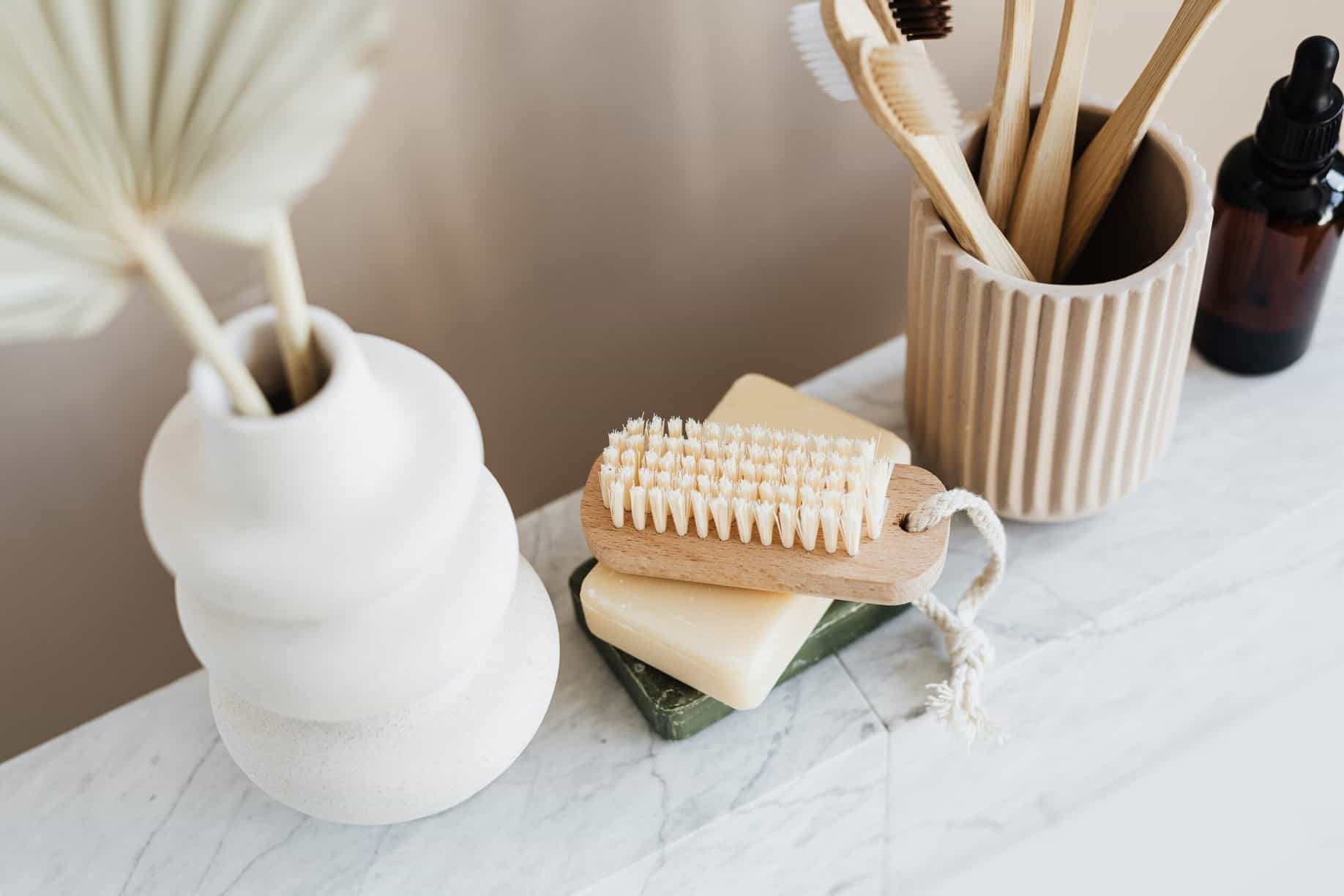
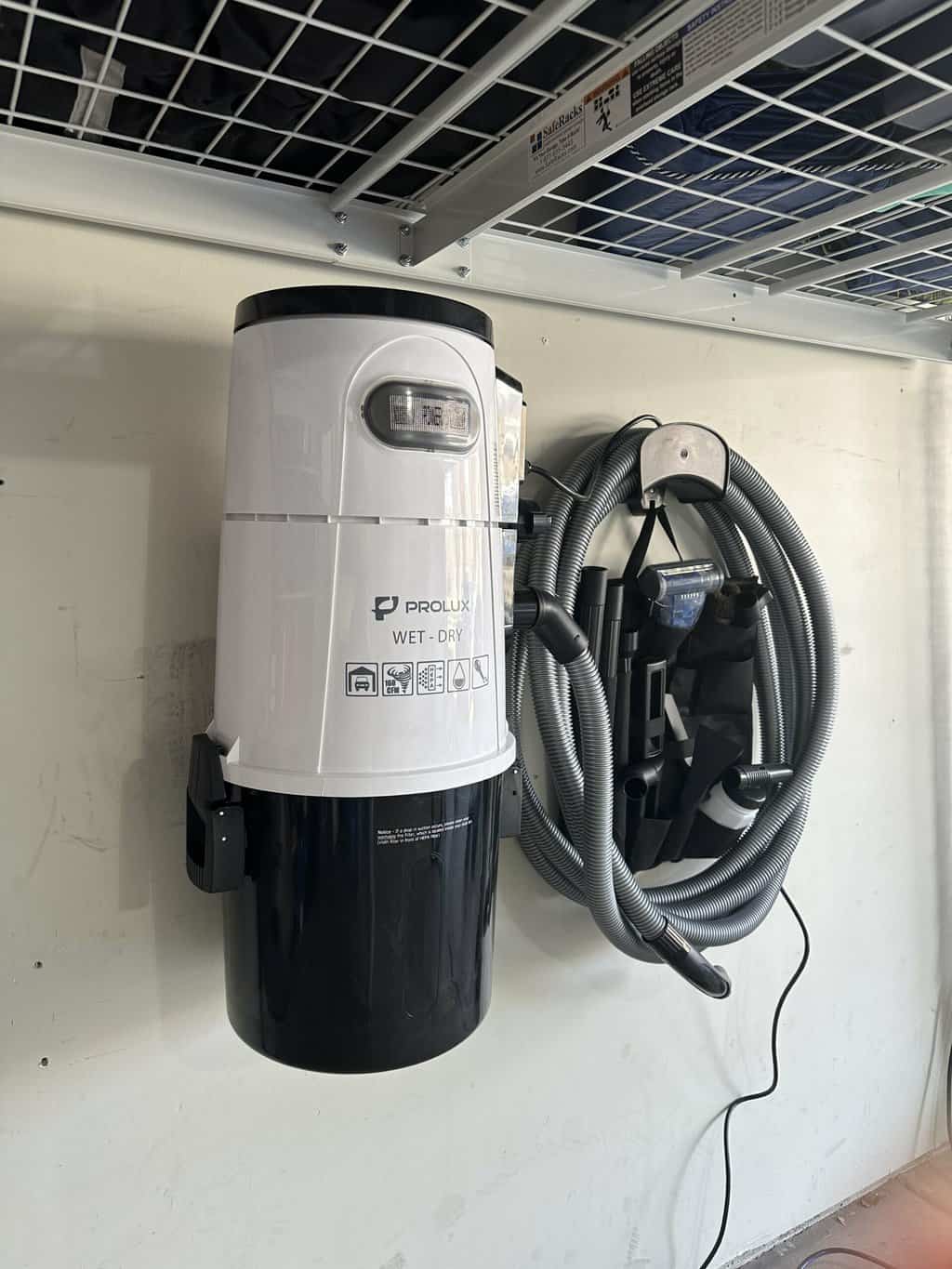

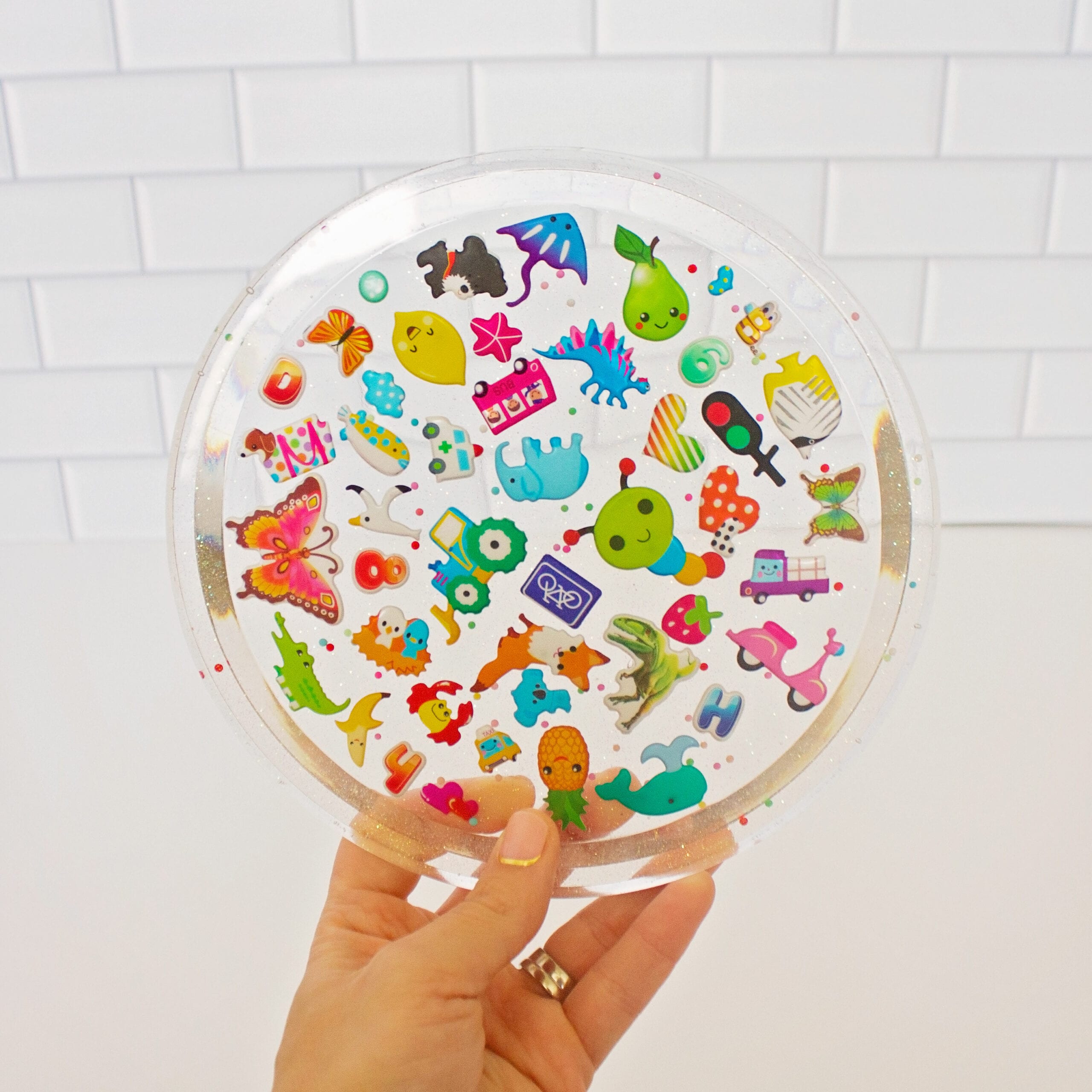
Looks good! Keeping everything labeled is a good way to stay organized.